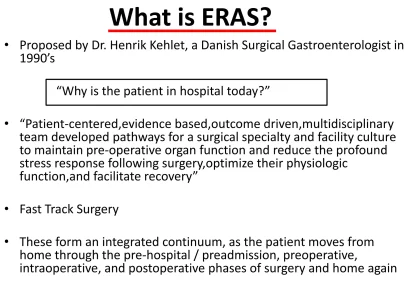Let’s be honest—climate change isn’t just about melting glaciers or extreme weather. It’s creeping into our hospitals, our homes, and even the air we breathe. By 2025, the ripple effects on global health will be impossible to ignore. Here’s the deal: we’re facing a crisis, but there are ways to fight back.
How Climate Change is Reshaping Health in 2025
Think of climate change like a slow-moving storm. It doesn’t just hit one area—it disrupts everything. Here’s what’s at stake:
1. Heatwaves and Cardiovascular Collapse
Record-breaking heat isn’t just uncomfortable—it’s deadly. By 2025, cities from Delhi to Phoenix will see ER visits spike as heat strokes and heart failures surge. Vulnerable groups? The elderly, outdoor workers, and those without air conditioning.
2. The Air We Breathe (Or Can’t)
Wildfires and pollution are turning skies hazy. Asthma rates? Skyrocketing. In fact, the WHO predicts a 20% increase in respiratory diseases by 2025 in high-risk zones. And it’s not just lungs—poor air quality messes with sleep, cognition, even pregnancy outcomes.
3. Bugs on the Move
Mosquitoes love warmth. As temperatures rise, diseases like malaria and dengue are spreading to new regions. Imagine Finland dealing with Zika—sounds surreal, but it’s becoming plausible.
The Hidden Health Costs Nobody Talks About
Beyond the obvious, climate change is a master of stealth attacks:
- Mental health toll: Survivors of floods or wildfires often face PTSD, anxiety, and depression.
- Food insecurity: Droughts and failing crops mean malnutrition could spike, especially in kids.
- Displacement: Climate refugees? By 2025, millions may flee uninhabitable areas, straining health systems.
Solutions That Actually Work (And Some That Don’t)
Okay, enough doom and gloom. Here’s the good news—we’re not powerless. Some strategies are making a difference, while others… well, let’s just say they’re Band-Aids on bullet wounds.
What’s Working:
- Urban green spaces: Cities planting trees see lower heat-related deaths. Simple, effective.
- Early warning systems: Text alerts for heatwaves or storms save lives. Bangladesh reduced cyclone deaths by 80% this way.
- Vaccine adaptation: Researchers are prepping for climate-driven disease shifts, like dengue shots for temperate zones.
What’s Falling Short:
- Reactive policies: Waiting for disasters to strike instead of prepping health systems.
- Siloed thinking: Treating climate and health as separate issues. Spoiler: they’re not.
- Underfunding prevention: For every $1 spent on preparedness, $7 is saved in emergency costs. Yet, funding’s still scarce.
The 2025 Game Plan: Where Do We Go From Here?
If we want to curb the health fallout by 2025, here’s the non-negotiable checklist:
- Integrate climate into healthcare training: Doctors need to recognize heat exhaustion as readily as the flu.
- Boost community resilience: Local clinics stocked with IV fluids for heatwaves, mosquito nets for new endemic zones.
- Global data sharing: Track disease patterns in real-time to stay ahead of outbreaks.
And honestly? It’s not just about governments. You know what’s powerful? Grassroots action. Neighborhood cooling centers, advocacy for clean energy—it adds up.
Final Thought: Health as a Climate Mirror
Our bodies are the canaries in the coal mine. When asthma rates jump or heat strokes climb, it’s not random—it’s the planet sending an SOS. By 2025, the choice is stark: adapt or face the consequences. But adaptation isn’t surrender. It’s survival.











